‘Shadow’ lenders can leave college students in the dark
A new high school graduate may take out about $37,200 in student loans for college, according to a recent NerdWallet study.
And for many of them, that won’t be enough.
Thirty-eight percent of students borrow additional money for college via credit cards, home equity loans and other non-student loans, according to a May 2020 report from the Federal Reserve.
The Student Borrower Protection Center, a Washington, D.C.-based nonprofit, has dubbed this the “shadow education finance market” because these options can lack transparency.
“A lot of these entities are operating with very little accountability or oversight,” says Seth Frotman, executive director of the SBPC.
If you need loans to cover unexpected costs or attend a school that doesn’t qualify for traditional loans, here’s how to make sure you understand what you’re borrowing — and whether the investment will be worth it.
SPOT UNFAVORABLE LOAN TERMS
The line between student loans and loans marketed toward students can be murky. Frotman says the latter are often just personal loans.
You could pay much more if you can’t tell the difference.
For example, if you borrowed a $2,000 personal loan at 20% interest, you’d repay $3,179 over five years. A private student loan at 10% — roughly the highest current rate — would save you more than $600 over the same time frame.
The easiest way to avoid the shadow market is to borrow from the federal government. You can apply for federal loans by completing the Free Application for Federal Student Aid, or FAFSA.
But if federal loans won’t cover everything, closely read any alternative loan’s paperwork. Beware features like high interest rates, double-digit fees and loans that don’t require a credit check. And make sure payments will be affordable.
“Some (lenders) are really good at obfuscating the risk,” Frotman says.
CHECK YOUR SCHOOL’S CREDENTIALS
Students should exhaust federal aid before turning to private options. But you may need to explore alternatives if you want to attend a non-accredited school or program.
Accreditation is a process in which a third party reviews an institution or educational program — from its enrollment procedures to its curriculum and more — to ensure its quality. Only accredited programs can receive federal student aid.
If a school or program isn’t accredited, be cautious about taking on debt to attend it.
“The inexperienced learner may hand over their credit card, and next thing you know, their bill is thousands of dollars,” says Leah Matthews, executive director of the Distance Education Accrediting Commission. “And then (the school) disappears.”
Federal loans can be discharged if a school closes while you’re enrolled. But you’d likely still owe other debt borrowed to attend the school.
You can see if an entity is accredited via the Database of Accredited Postsecondary Institutions and Programs. For non-accredited options, look for other independent vetting — for example, if your state department of education has approved a career-based training program.
“Non-accredited options (aren’t) bad or horrible; there’s lots of good quality out there,” says Matthews. But students must do their research, she says.
DETERMINE THE EDUCATION’S QUALITY
In an April 2020 report, the SBPC says alternative lending products are “frequently marketed toward borrowers at for-profit institutions.”
If you’re attending such a school, make sure you not only understand what type of debt you’re taking on, but also if you’ll get your money’s worth.
“There are good and bad schools in every sector of higher education,” says Steve Gunderson, president and CEO of Career Education Colleges and Universities, a national membership organization for career schools. “What matters is outcomes.”
You can find those in the Department of Education College Scorecard. Look at information like median salary and median debt to help you better understand the potential value of a program.
If your program isn’t in the College Scorecard, be mindful of data that comes directly from a school around things like job placement — especially if the numbers sound too good to be true.
“There are numerous stories of schools that shade their statistics,” says Robert Shireman, director of higher education excellence and senior fellow at progressive, independent think tank The Century Foundation.
Be extra vigilant if you’re returning to school to add skills due to the economic effects of the coronavirus. Shireman worries that for-profit schools will exploit the pandemic, becoming more aggressive with their marketing and lending.
“We see virus and unemployment, and they see dollar signs,” he says.
————————————————————————
This article was provided to The Associated Press by the personal finance website NerdWallet. Ryan Lane is a writer at NerdWallet. Email: rlane@nerdwallet.com. Twitter: @ryanhlane.
RELATED LINKS:
NerdWallet: College-Bound Students Could Face $37,200 in Loans. Here’s How to Ease the Load https://bit.ly/nerdwallet-college-loans
Database of Accredited Postsecondary Institutions and Programs https://ope.ed.gov/dapip/#/home
U.S. Department of Education College Scorecard https://collegescorecard.ed.gov/
![]()


